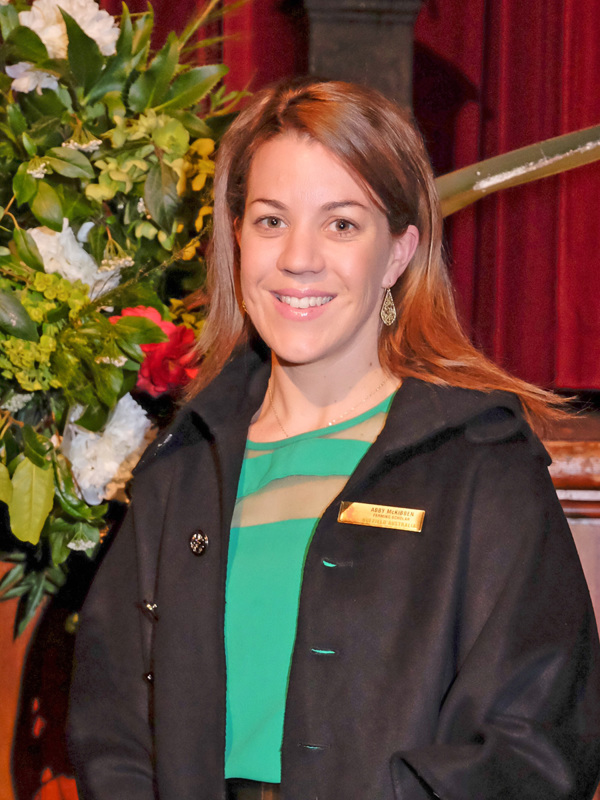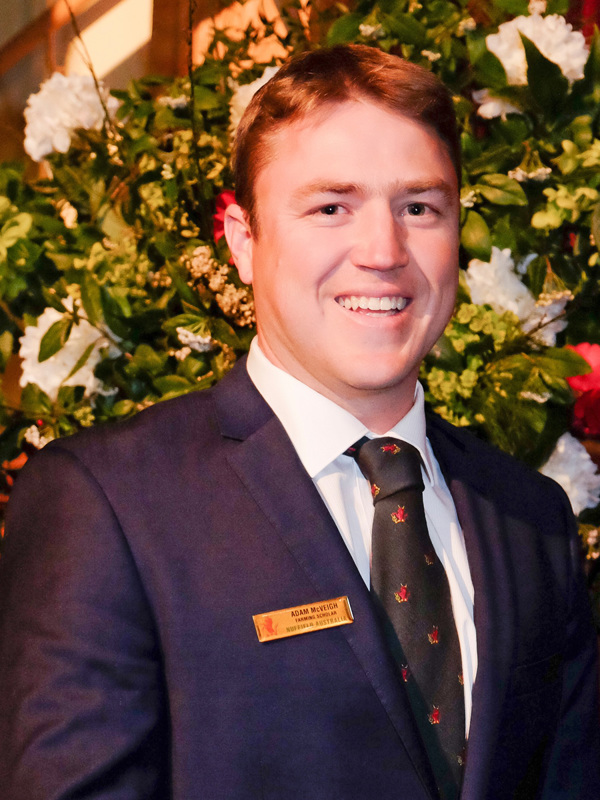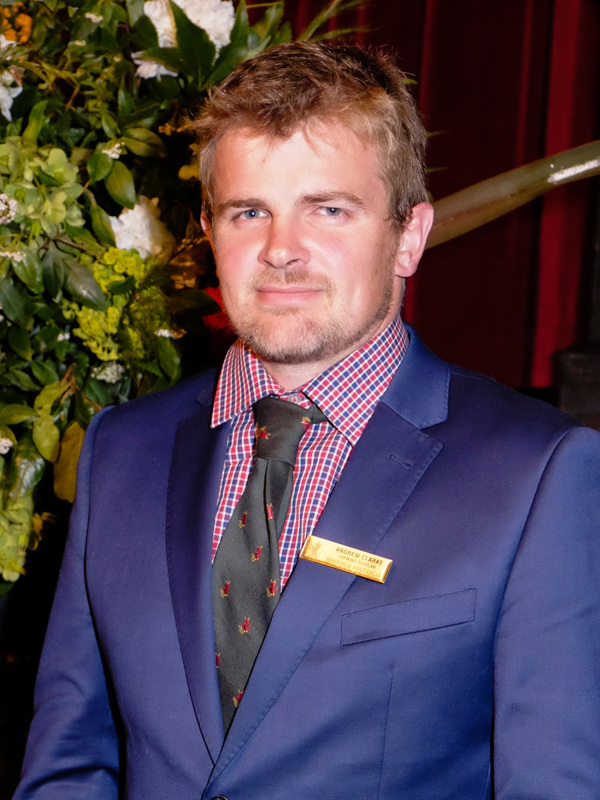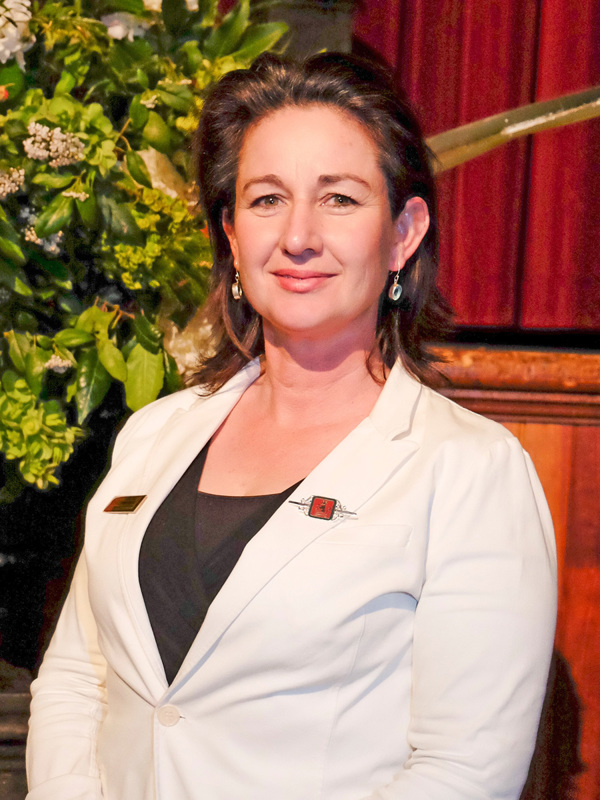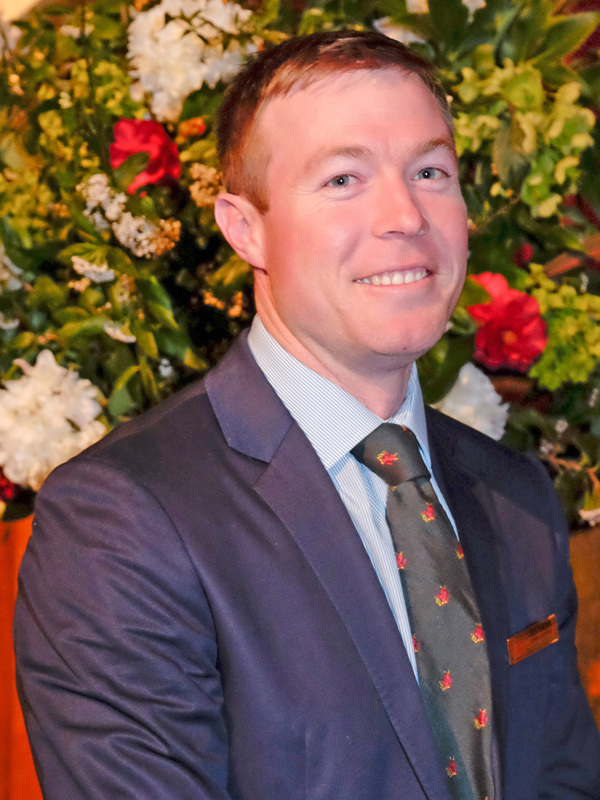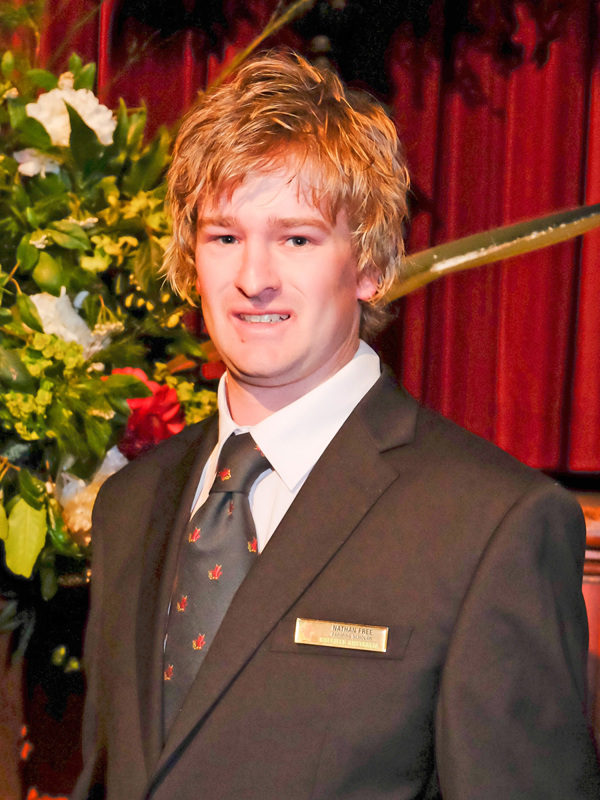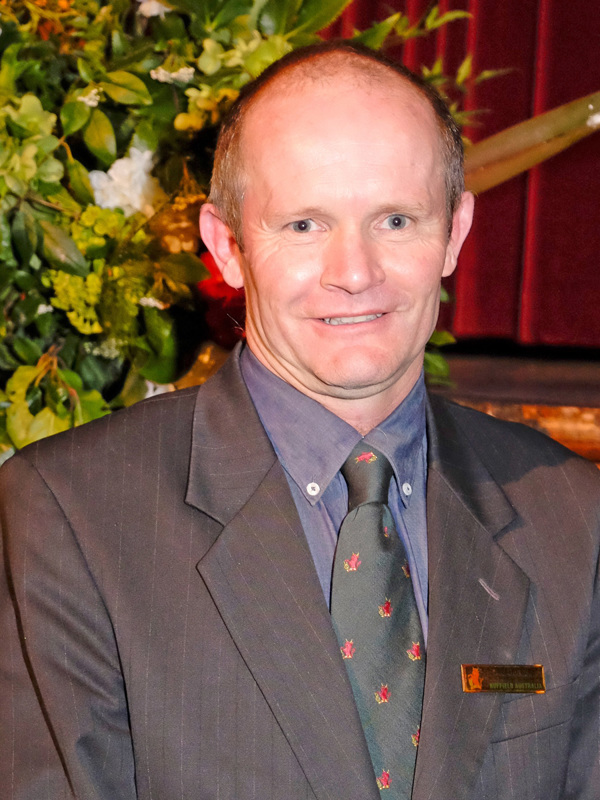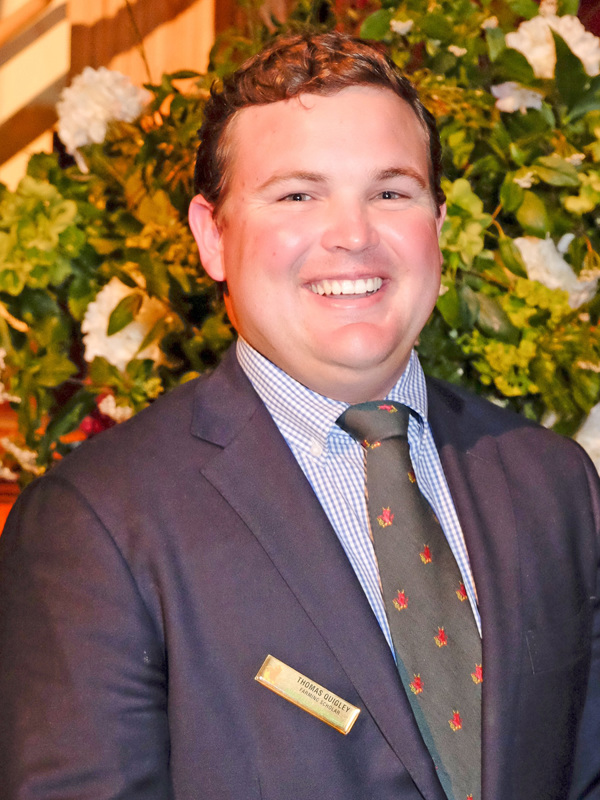
Wade Mann
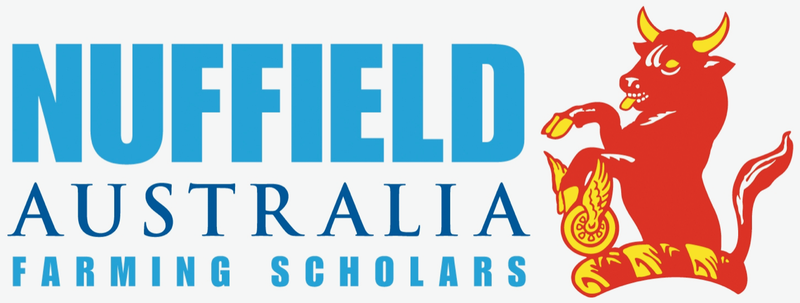
Nuffield Australia 2015 Scholar
Mann of his word – IPM strategies essential to Australian greenhouse hydroponic berry industry
With soaring demand for berry fruit around the globe, Wade Mann is urging growers to consider integrated pest management strategies (IPM).
The 2015 Scholar explored and assessed IPM strategies globally to identify emerging and innovative technologies available for commercial application in the greenhouse hydroponic berry industry in Australia. As part of his scholarship, he visited a number of research centres and universities, as well as berry breeders and suppliers throughout Europe, the United Kingdom, America, Canada, Hawaii and New Zealand.
“Berries by nature are an easy pick and ready to eat fruit without the necessity for peeling, and as a result we need to be aware of the food safety, the maximum permissible residue levels and also the limited number of chemical controls that are available to pest and disease control. These factors are the underlying motivation for primary producers in the berry category to adopt IPM strategies.”
Mr Mann is managing director of Roses 2 Go, a commercial greenhouse hydroponic rose cut-flower production facility he runs with his wife and 2014 Nuffield Scholar Nicola Mann.
Up until this year, their mix of Hybrid-T and Intermediate roses returned an annual yield of over a million stems. They recently diversified half their total greenhouse area to the commercial production of hydroponic blueberries, with a small-scale trial of hydroponic raspberries and strawberries within the same unit.
“The berry industry in Australia is currently experiencing significant growth under greenhouse hydroponic production systems. Growers of the main berry types (strawberries, raspberries, blackberries and blueberries) have attempted to modify the growing environment through the investment of protective cropping structures and hydroponic systems to achieve increased yields and quality of berry fruit. The adjustment in climatic conditions within a greenhouse has provided consistency and stability for berry crop growth and development, but inadvertently this has created a suitable environment for pest and disease establishment and infestation.”
He says IPM is a common sense approach that should be considered before adoption of chemical controls. The strategy enables growers to make a more informed decision at the time of pest or disease intervention.
“An IPM strategy is a holistic approach to crop protection that demands attention to monitoring and scouting; identification of the pathogen; recording of data and forecasting to determine economic thresholds. A range of controls including physical, cultural and biological based options should be considered before reverting to chemical controls, where possible. Within the biological based options, there are a number of arthropod Biological Control Agents (BCAs) including predators and parasitoids, as well as nematodes. Each of these beneficials are either host-specific or generalist in their pest targets, but performance may be adversely impacted by climate conditions, day length and population levels.”
Mr Mann’s key recommendations from his IPM studies for greenhouse hydroponic production of berry crops were associated with timing, cost and balance of beneficials.
“My key learnings are timing – timing is the most important - we need to look at prophylactic (BCA) releases, early and often, is better than late. The pricing structure of BCA products must be competitive with conventionally produced synthetic chemicals. This will assist in convincing the primary producer to adopt prophylactic releases in large numbers of BCAs when pest pressure is low. And balance is critical. We have to understand and respect the fact that we are never going to have 100 per cent clean crops. We’re always going to have some pests, but we just need to make sure we have a balance of beneficials too.”
